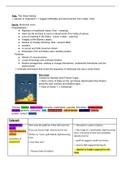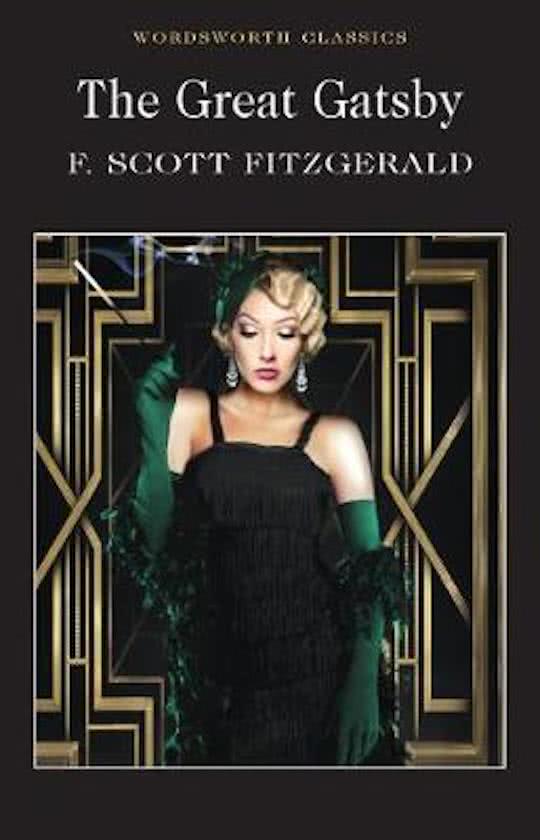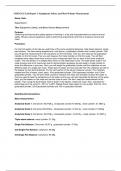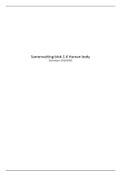Summary
Summary and analysis of chapters 1 to 4 of The Great Gatsby
The summary and analysis of the Great Gatsby, including key quotations, themes, characters, features of the novel, author etc. Useful for revision before the exams and essays.
[Show more]






